If you’re looking for ideas, and the motivation, to keep a big house clean, you’re in the right place! Here are the best tips, secrets, and sample schedule to keep your house clean all year long.
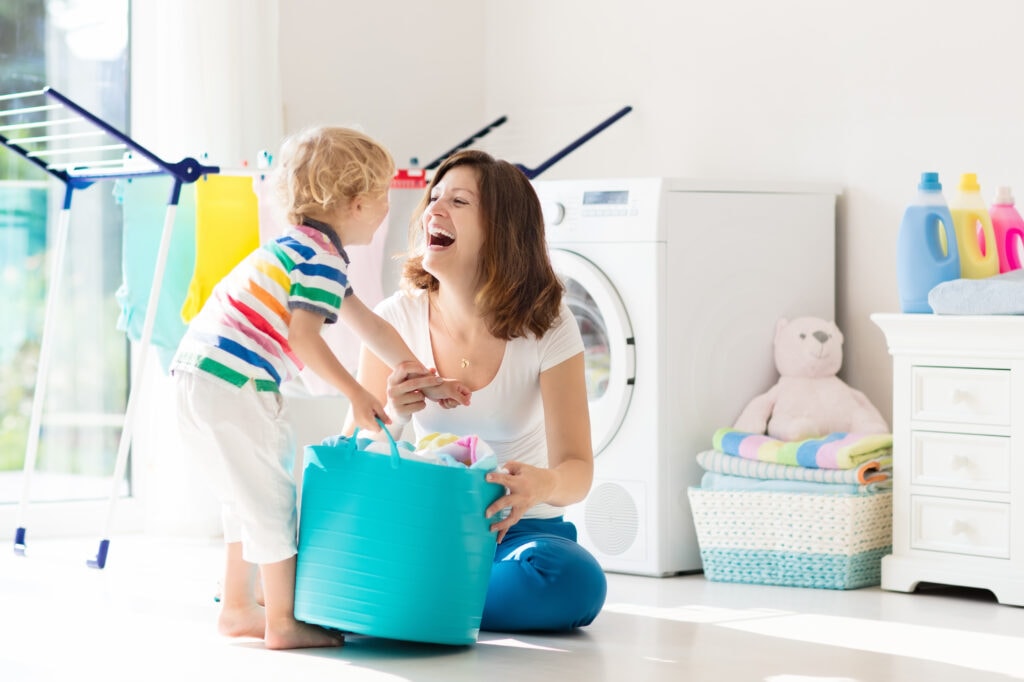
First, cleaning a big house is a lot so don’t be so hard on yourself! Every family works differently when it comes to cleaning, but it can become exhausting if you seem to be the only one on board with the upkeep.
This is especially true with larger families and larger homes, there may be more hands to help clean, but there is also more space to clean! You have to make sure you set a reasonable schedule that plays to the strengths of those in your family and helps to set up a routine where you are not the sole cleaner of such a large household.
Chores are not a foreign concept to most, but if you have not implemented them yet, or have allowed for some slack, it may seem difficult to start back up with a renewed passion among everyone to clean.
With these tips, you can create a cleaning schedule that remembers all the important cleaning points and helps to divide up the tasks among those in the family so that you can finally have the clean and self-sustainable home you have dreamed of.
Secrets To keeping a Big House Clean with a Large Family
Chore Charts
The most widely used tool when coming up with a cleaning schedule is a chore chart. Chore charts are simple, and they list out chores and tasks that need to be done on a regular basis. You can create a daily, weekly, or monthly chore chart for you and your family to follow.
Chore charts are great tools because it allows you to cover all of your bases and help to gently force a routine on yourself and those in the house to actively put in the effort to keep their spaces clean.
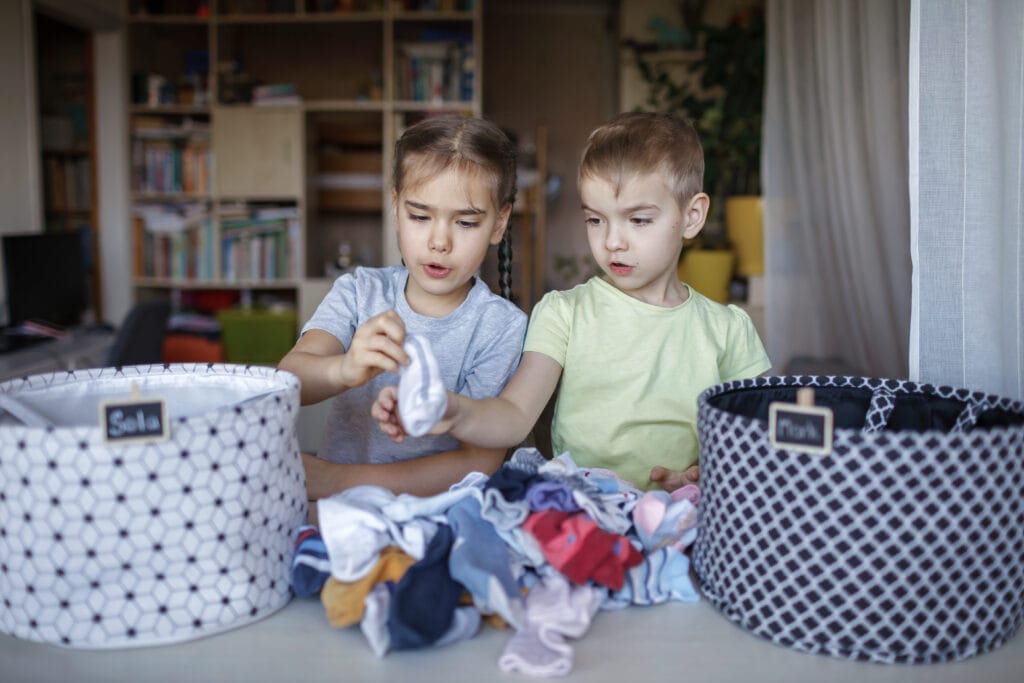
Chore charts are usually the most successful, especially for children, when there is accountability and rewards involved.
You can even give yourself (and your spouse) “rewards” like earned quiet time or going out to a nice brunch.
Get a FREE Chore Chart here: How to Motivate Your Kids to do Chores (with free chore chart printables)
Family Meetings
Having open and honest communication among your family is key for many reasons. It helps to foster discussions about things that they may be bothered by, and it also helps to get everyone on the same page when it comes to housework.
You can set up weekly or monthly family meetings where you and your family can discuss what has been working, what hasn’t been, and what you can all work on together. You could discuss areas of the chores that have been getting neglected or you can reward those who have been doing a great job at keeping up with their assigned chores.

This is also a nice opportunity to bring up anything that needs to be changed, such as increasing the rate of cleaning certain areas, perhaps dishes have been avoided more recently, or the bathroom has been getting dirtier much quicker as of late.
If things need to be adjusted, family meetings are a nice way to address them immediately and come together with solutions to keep the house tidy without unfairly overworking any one member of the family.
Have Set Spaces to Put Away Items
This may seem like too simple of a solution but, especially when it comes to smaller children, the excuse of, “But I don’t know where it goes!” It likely gets thrown around a lot.
While it may be frustrating to hear that, it may be a good time to take a step back and think if there is actually a designated area for the things that need to be put away. If your children don’t have specified areas for their toys to go, it is more likely they will leave them wherever they land.
The same goes for older children and ourselves when it comes to shoes and clothes being strewn around. To combat these issues, it is important to designate areas for specific items, starting with when you walk in the door. You should have a place for keys because this will help you keep up with them instead of searching every morning.

You should also have an area for shoes, whether you will take them off at the door and place them on a shoe rack at the entrance, or you will take them to your room and put them away there.
An area for coats and other clothes that you have worn for the day, and a laundry basket should be near so that everyone knows where to put their clothes instead of just tossing them on the floor.
Toys and other items should also have crates or other similar assigned places to put them away. These tips will help keep things in order and assist you in getting ahead of the messes before they even become a problem.
Stay Ahead of the Mess
Just like I mentioned above, staying ahead of the mess is essential to maintaining cleanliness in a larger household. Whether that means assigning areas for regularly misplaced items, or cleaning as you go!
Cleaning as you go is a skill not everyone has, but it can become part of the routine, and it will save a lot of time in the long run.
A perfect example of this is with dishes. If someone cooks, then there should be someone who is in charge of cleaning dishes (either by hand washing or loading the dishwasher) after everyone is done eating. By doing this, you avoid the eventual pile-up of dirty dishes that no one wants to do!
Check out the Fly Lady Method for an awesome way to build routines and habits for cleaning!
By cleaning as you go in this instance, you lighten the load of the dishes to be cleaned by doing it more frequently. This helps to prevent creating more chores and leave you with a sense of accomplishment when you see a clean kitchen after dinner.

Make Sure Everyone Does Their Part
It can be tempting to let members of your family slide and not do their part, but it doesn’t teach your children responsibility by watching you clean an entire house by yourself. You have to make sure everyone plays a part so that the chores are distributed fairly evenly.
This will help to build routines, responsibility, and teamwork among your family. Accountability is important in this step because everyone, including yourself, has to be held up to the standards of keeping the house clean. You don’t want to seem like a warden, but everyone should be held accountable equally so that no one person feels as if they are being singled out or given special treatment.
How To Make a Cleaning Schedule For A Large House That You’ll Stick To
You may be wondering, “but how do I even begin to make a cleaning schedule that my family will follow?” Well, the good part about this is that you likely know all the problem areas in your house!
You can start by writing out all of the issues you currently face with trying to clean a large house, the rooms that need extra care, the things you seem to be putting away more frequently, and other trouble areas that need to be addressed.
The best way to get everyone on board is to have some input from everyone in the family. Everyone will have to do their part, so they should have a say in the creation of the cleaning schedule as well. This way, no one is surprised by the sudden change in regimen, and they will all reap the benefits of the clean house.
What to Include in Your Cleaning Schedule
Room by Room Cleaning Duties
Assigning duties according to rooms is a great way to divvy up the tasks needed to complete your cleaning list. When you have a large house, the tasks to keep all of the rooms clean may seem monumental but when you plan your cleaning tasks accordingly it can be much more manageable. Considering everyone in your house likely has their room or rooms they frequent, it should be easy to assign cleaning delegations that are fair.
As a rule of thumb, everyone should keep their rooms clean. This allows for everyone to be in charge of their own space and prevents you from having to go clean up after everyone’s messes. Additionally, any rooms that are frequented more often than others, like offices or playrooms, should be kept tidy by those who use those rooms most often.
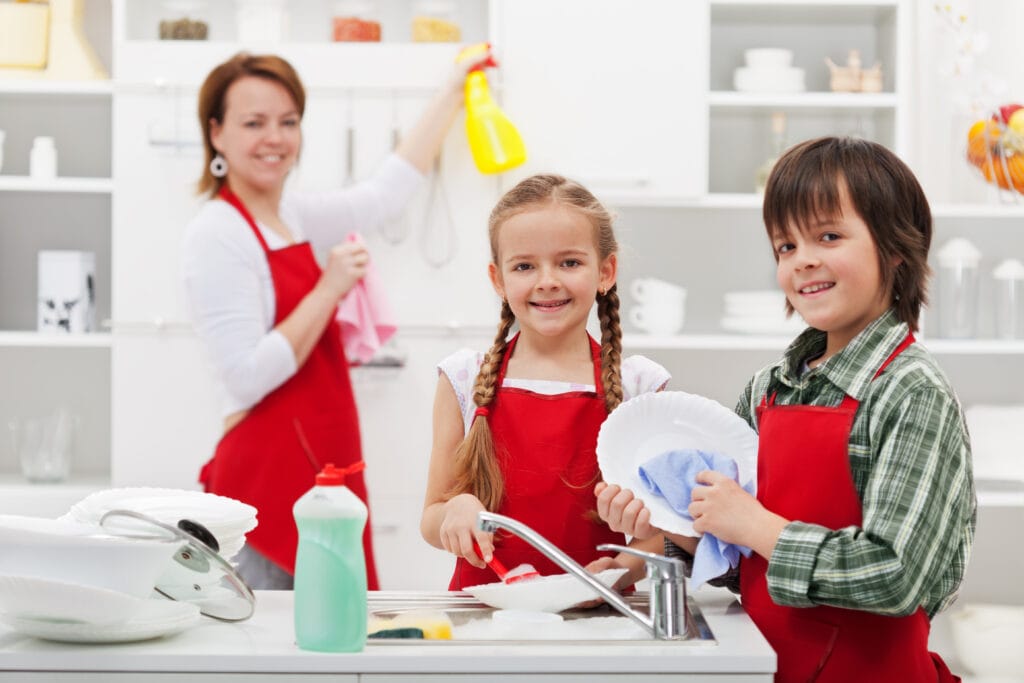
Once again, this allows them to have control over their frequented spaces while keeping things organized. Any rooms shared by the entire household, such as kitchen, living areas, and bathrooms, can be on rotating schedules so that everyone chips in on keeping those areas spick and span.
Organizing clothes and toys
We discussed this previously, but organization and designated areas for specific items are essential for keeping up a clean house. So, one of the most important things that can go on a cleaning schedule is to organize clothes, toys, and other items such as electronics.
By having these items on a list to be organized, you can maximize the likelihood that they will be put away into their proper spaces, leaving less time that you and your family have to go picking up after one another.
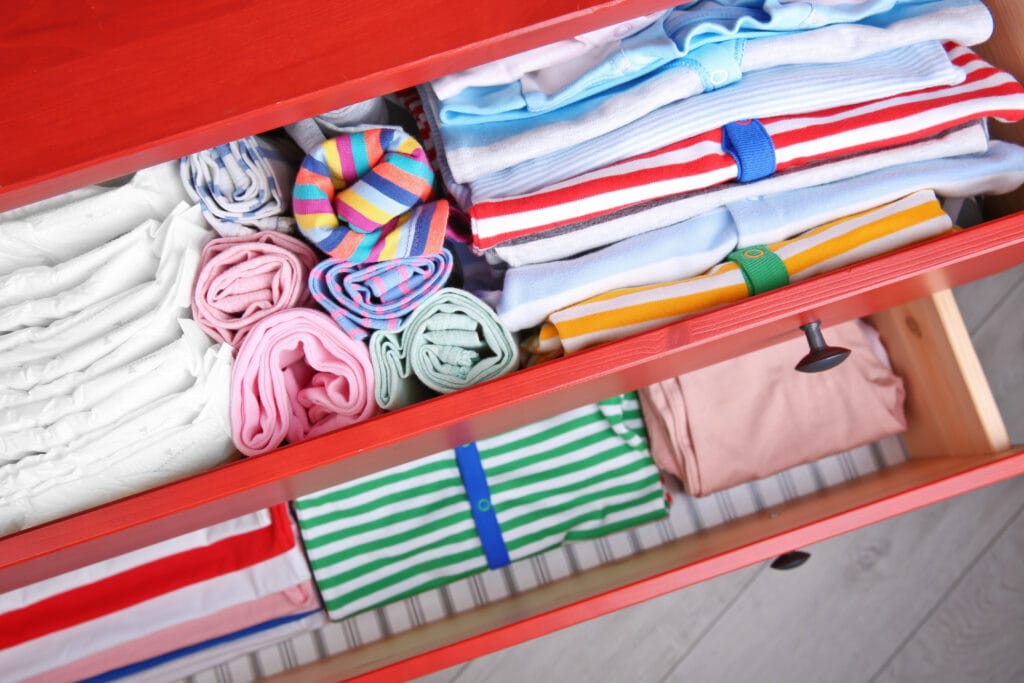
This means any handheld devices, game systems, and laptops should all have safely designated spaces along with all of those pesky cords.
Clothes are also a big part of what makes a house seem dirty. This is because many of us will come home tired and just want to throw off our shoes and clothes and let them fall where they may. But this creates a never-ending cycle of picking up things that should have been put into hampers or proper shelves in the first place.
So, the organization may not seem like cleaning, but it is, and making a routine out of putting things away properly will help with keeping your house tidy.
Cleaning floors and appliances
Mopping, vacuuming, and even using a carpet cleaner seems like an annoying task but making sure your floors are clean is important to your family’s health and overall look of cleanliness in your home. Especially if you have pets, you should be cleaning your floors at the very least, once a week.
This will help rid your carpet of built-up pet dander and even possible accidents or spills that may occur.
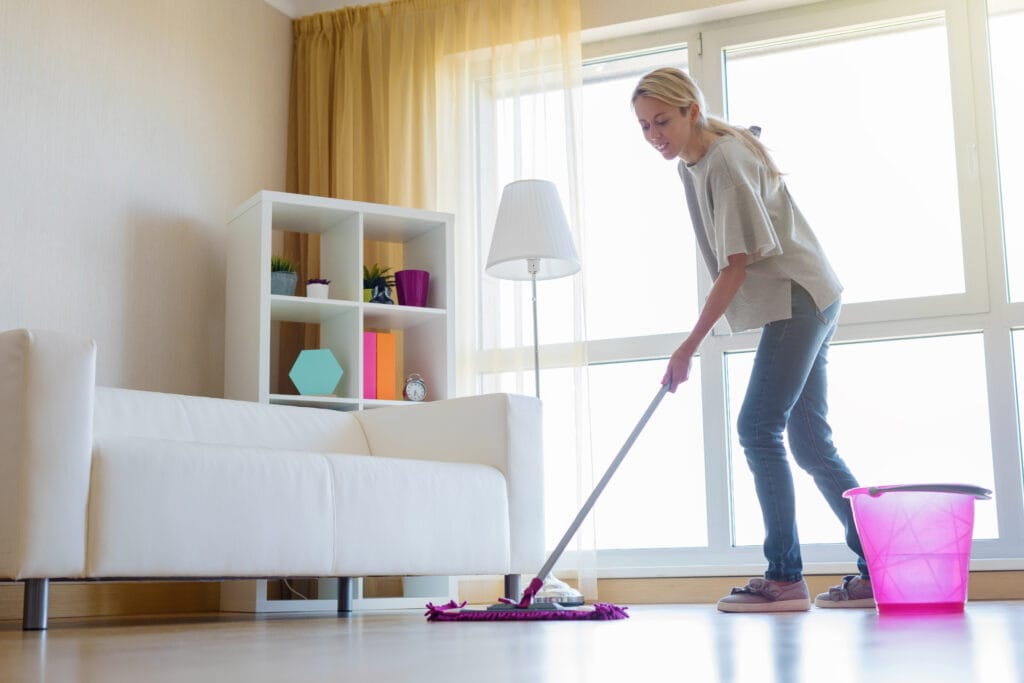
If you do not have indoor pets, it is still a good rule to clean your floor weekly or biweekly to keep them looking their best and to reduce the chances that any spills or grime could attract insects or allergens.
Appliances should also be cleaned regularly but on a less rigorous schedule. Microwaves, stovetop eyes, and even the sink itself can be regularly overlooked when it comes to cleaning, but they can make your house look and feel dirtier than it should. Adding appliance cleaning to your cleaning schedule will have your kitchen looking like it’s on the cover of a home magazine, with sparkling countertops and a microwave that looks like it’s never seen an exploded soup or spaghetti-o.
Dust those hard to reach (and remember) spaces
Dusting is yet another task that eludes even the most cleanly of individuals but is very important to keep up your pristine-looking home. Dust in the home can also cause issues of increased allergies, worsening of asthma, and overall stuffiness in your home, particularly in the more traveled areas.
It is important to add dusting to your cleaning list because no one wants to relax and look up after a hard day’s work and see the familiar fluffy dust bunnies that have moved in on top of the fan blades.
Remembering to dust and changing out air filters regularly will help, not only improve your house’s cleanliness, but also improve the air quality itself by eliminating dust irritants, possible dust mites, and pet dander that has hitched a ride too.
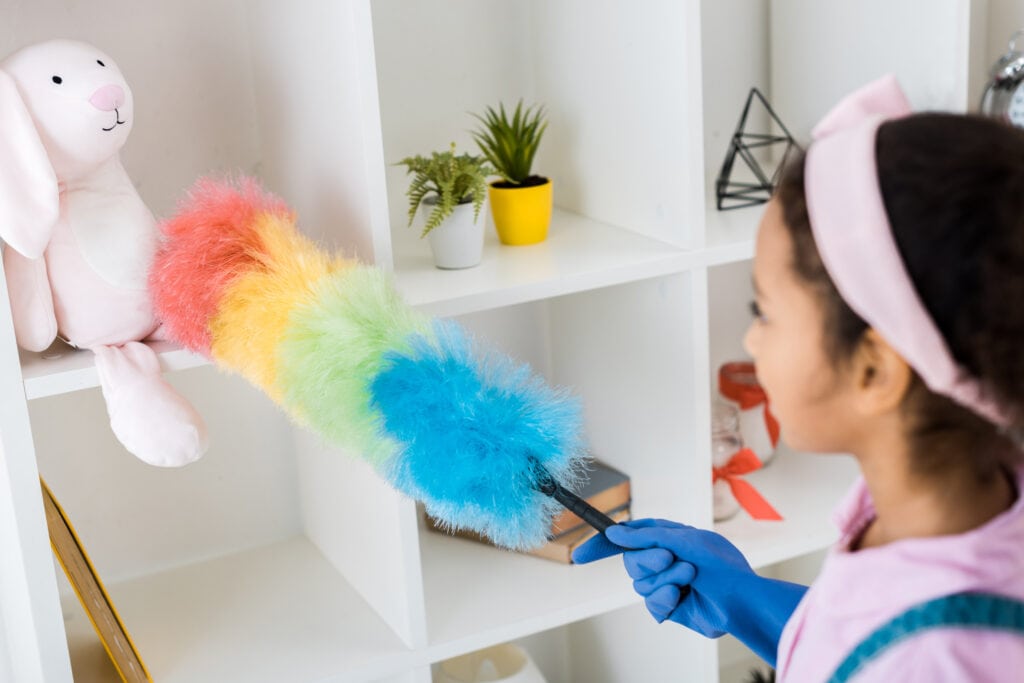
Dust doesn’t only accumulate in living room areas, though. It is of the utmost importance for safety that you remember to consistently empty the lint traps in driers that you use after every load.
An accumulation of dust and lint in the driers has been known to be a cause of house fires, so not cleaning this particular appliance could have terrible consequences. It is also important to sweep and clean up around the dryer and washer too, as dust and lint can build up around plugs and sockets around the machines and also be hazardous.
Yard Clean Up
Your front and backyard are extensions of your house, and it is important to treat them as such. They are the first thing that your family and your guests see when they come home or come for visits, and you want to present a front of an organization both inside and out. Cleaning up our yard should have its chores, just as the rooms in your house do, but there are different ways to take care of the yard.
Mowing the lawn should be put on the schedule, as well as raking leaves, and weed eating. These are things that can be done a little less frequently than the overall organization of the yard. Organizing your yard should entail cleaning up and putting away any outdoor toys in their proper spaces and making sure they are not strewn around where they could get damaged.
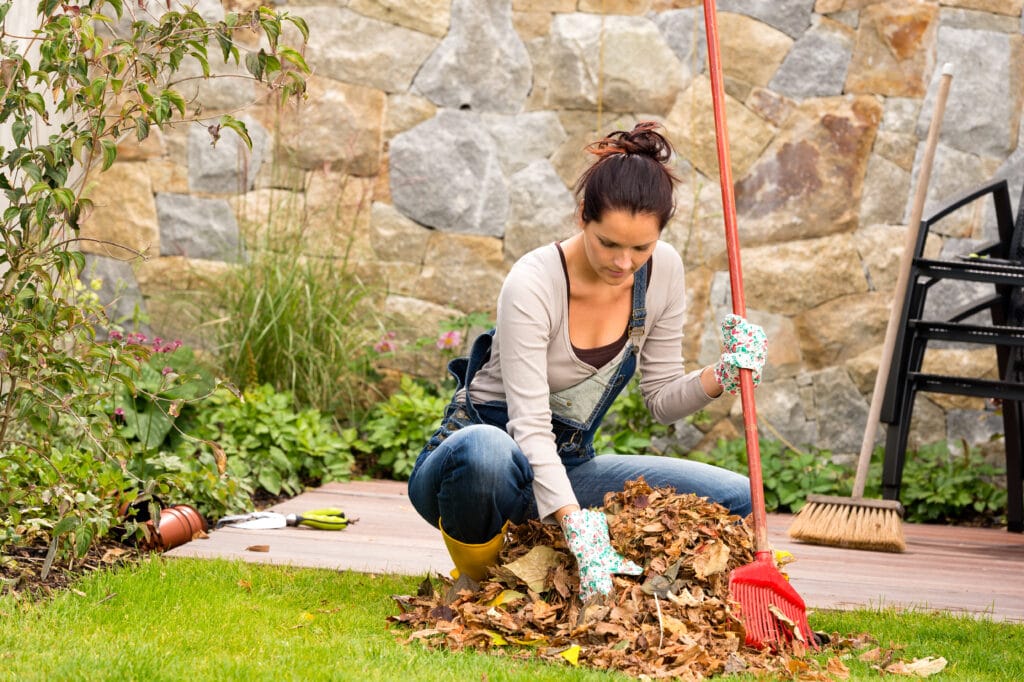
You also want to make sure that any hedges, trees, or other plants are kept up so that they don’t become unruly and begin to impede your yard’s utility. The yard is a different beast than the house, but it is still an extension of the house too, so it should be considered when making your cleaning list.
You’ll also love: How to Organize Outdoor Toys
How To Divide Up The Schedule
Dividing up the schedule you have made may seem daunting, as you may worry that those in your household won’t get on board, but that’s why open communication and the family meetings we mentioned early are so important.
You don’t want to blindside your family by implementing a regimen of a million chores instantly but you do want to talk to them, get their opinions, and help one another come up with a schedule that is reasonable for everyone involved.

By doing this, you can delegate chores fairly among the household. As we mentioned previously, it is a good idea to assign room cleaning to everyone by the rooms they live in or those that frequent the most, with shared spaces being divided up between others on a fair schedule.
Example Cleaning Schedule For A Big House
While every house may be different and require different cleaning schedules based on family size, pets, special accommodations, etc. Here is a good option for a cleaning list template. This template helps to separate tasks into daily, weekly, or monthly chores, which is useful so you can keep track over a longer period.
Examples of chores that should be completed daily include washing dishes, putting dishes away, organization of clothes and toys, cleaning counters after use, and putting away books, electronics, etc., after using them. These daily tasks will help you to stay ahead of the mess and keep things from piling up. Weekly cleaning examples include mopping, vacuuming, laundry, cleaning heavily trafficked rooms such as the bathroom, kitchen, living room, carpet cleaning surfaces like couches and chairs, washing sheets, and organizing bedrooms.

Biweekly or monthly cleaning tasks could be yard management, dusting, cleaning of appliances, cleaning windows, deep cleaning spaces like the bathroom and kitchen, and bathing any pets. This may seem like a lot, but trust me, once you divide up the tasks, your house will be self-sufficient and best of clean!
While Cleaning a Larger House May Seem Impossible It Can Be Done!
Having a large house is the dream for most of us, and for those of us who have attained that dream, you may be thinking this is a lot to handle in terms of upkeep!
You are correct that a larger house means that there is more to clean, but if you follow these tips, then keeping up a beautiful household will become part of the everyday routine with your family!
Making your big home clutter free is not that hard if you know how to properly establish a cleaning routine with your family. Hope these house cleaning tips may come in hand to you!
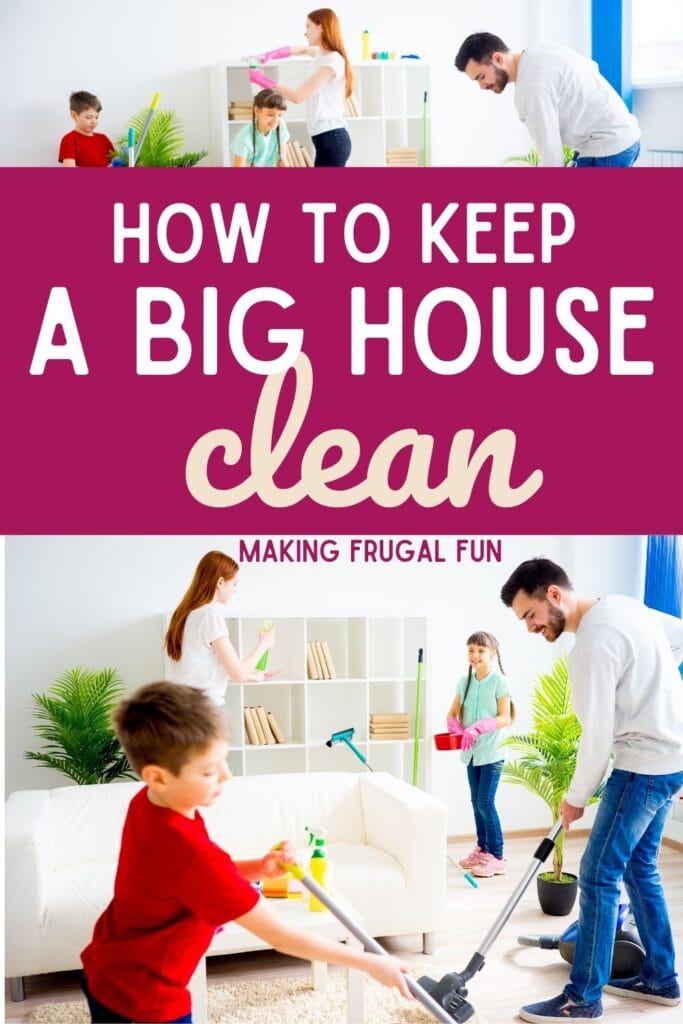
Leave a Reply
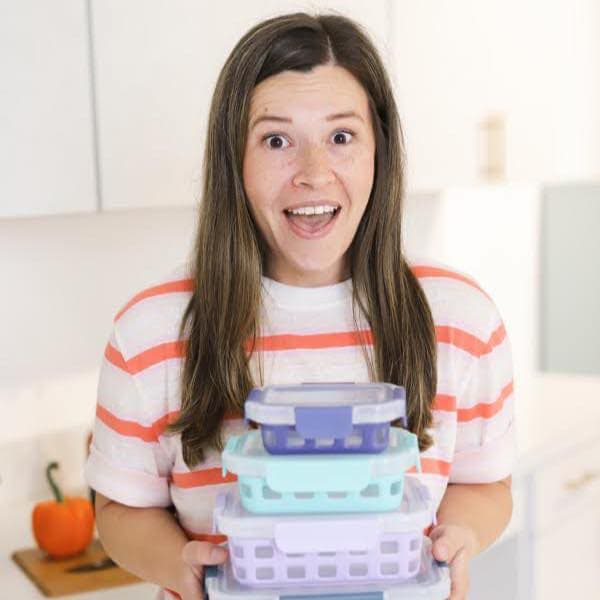





Love your information
Author
Thanks for reading and thank you!